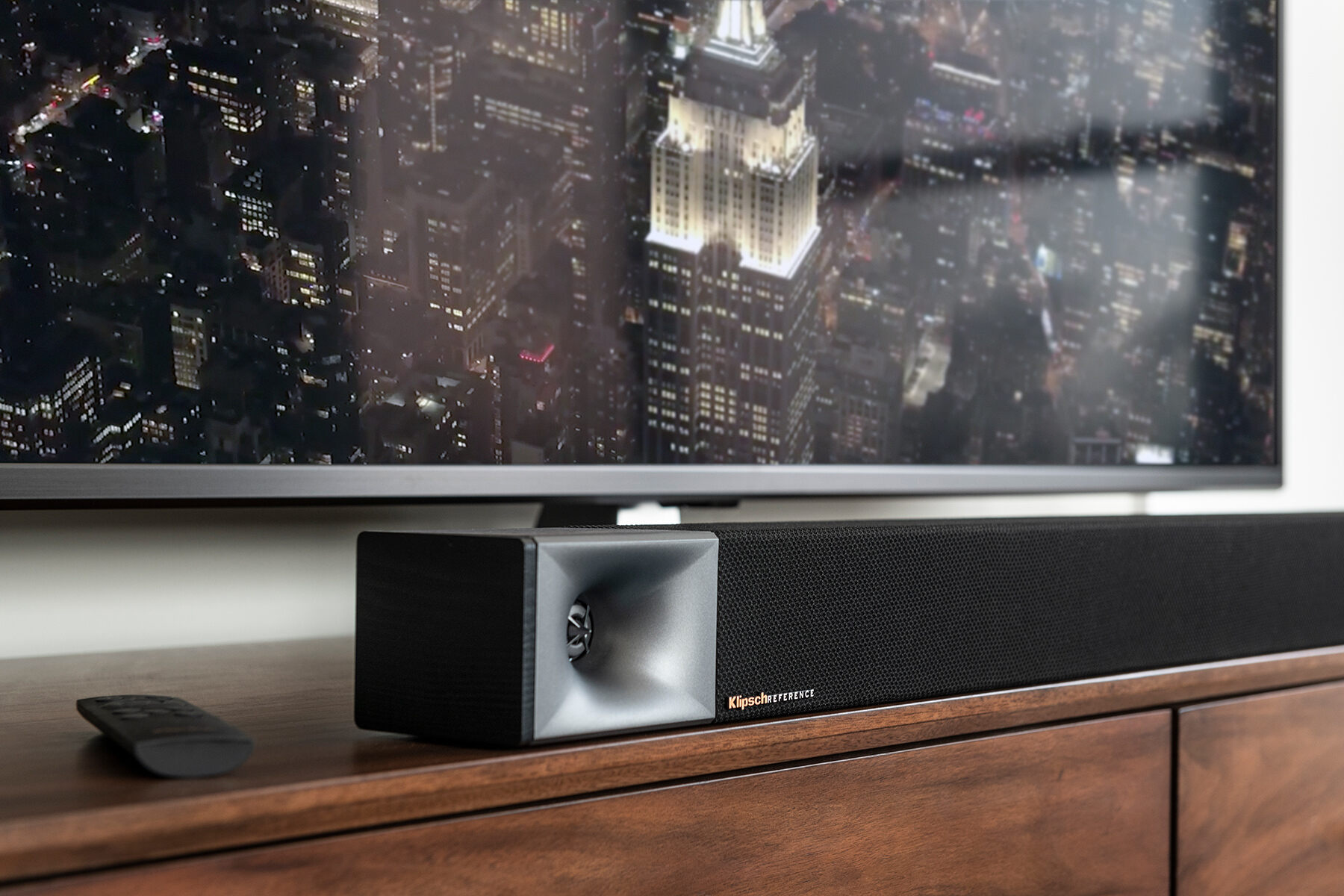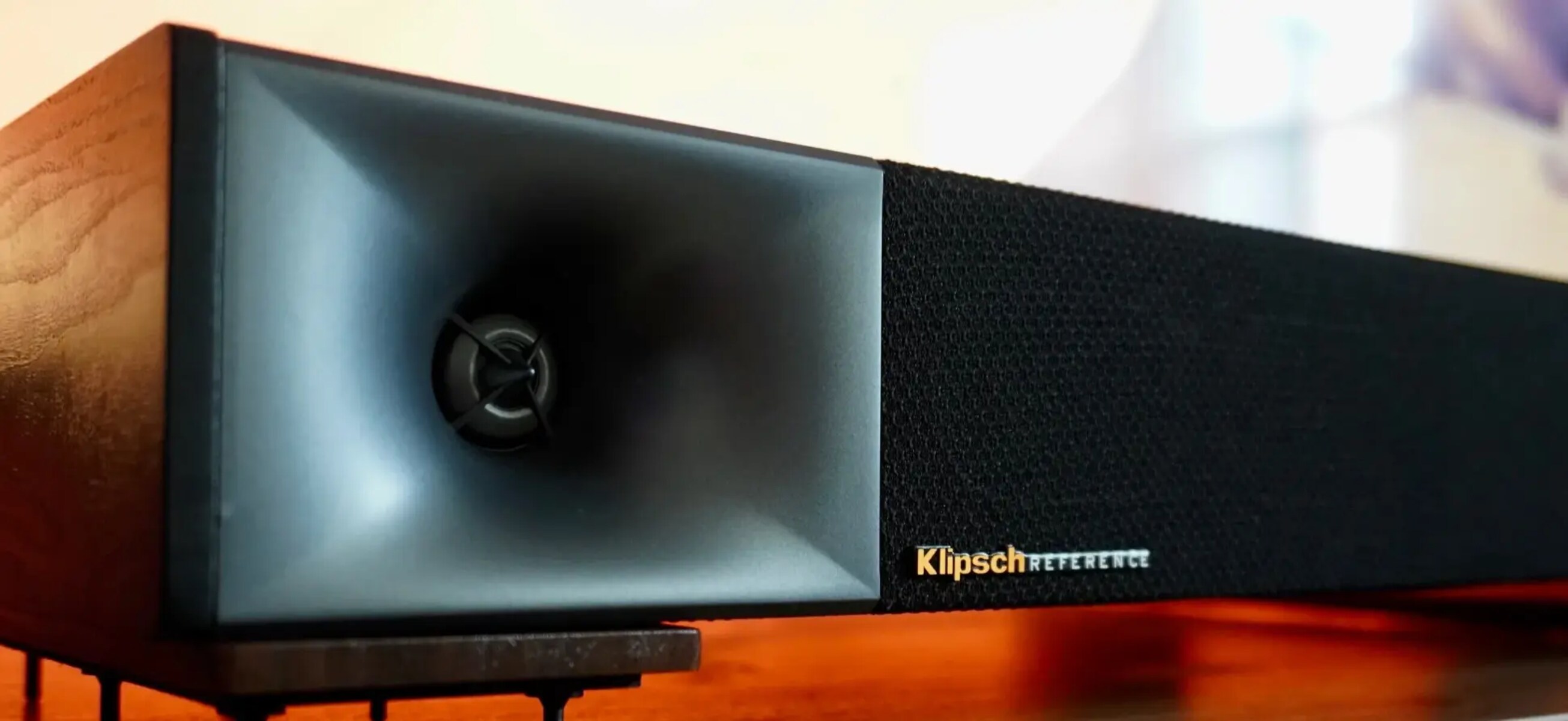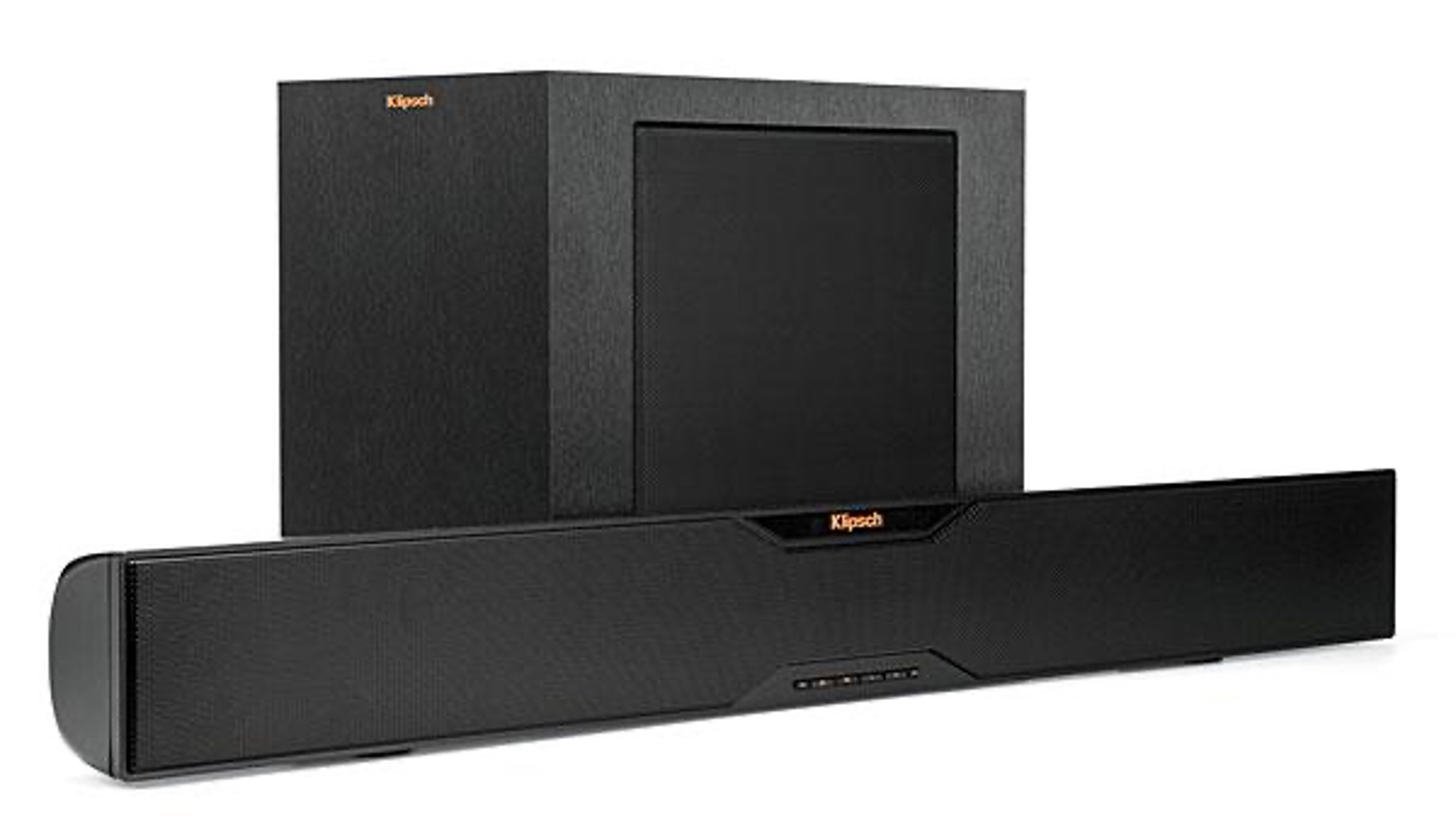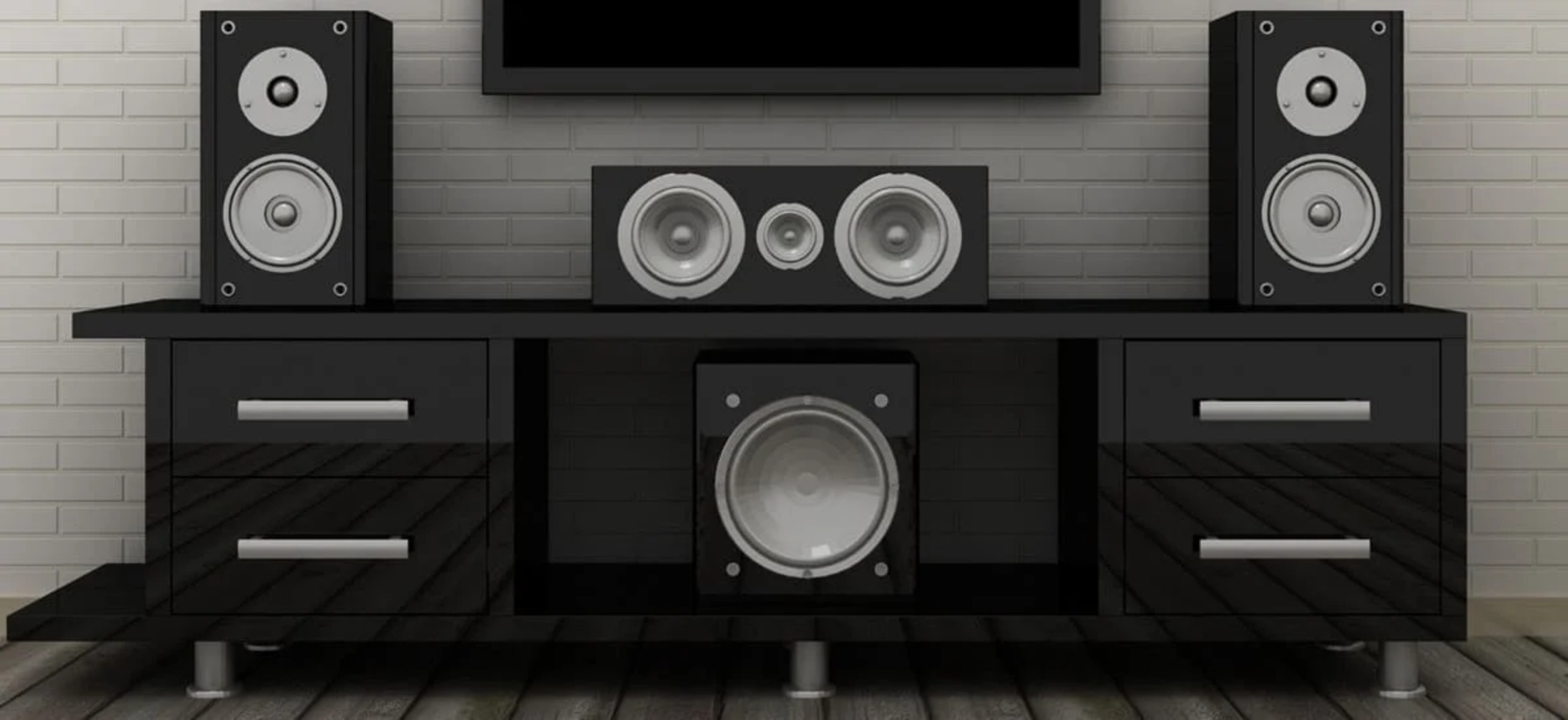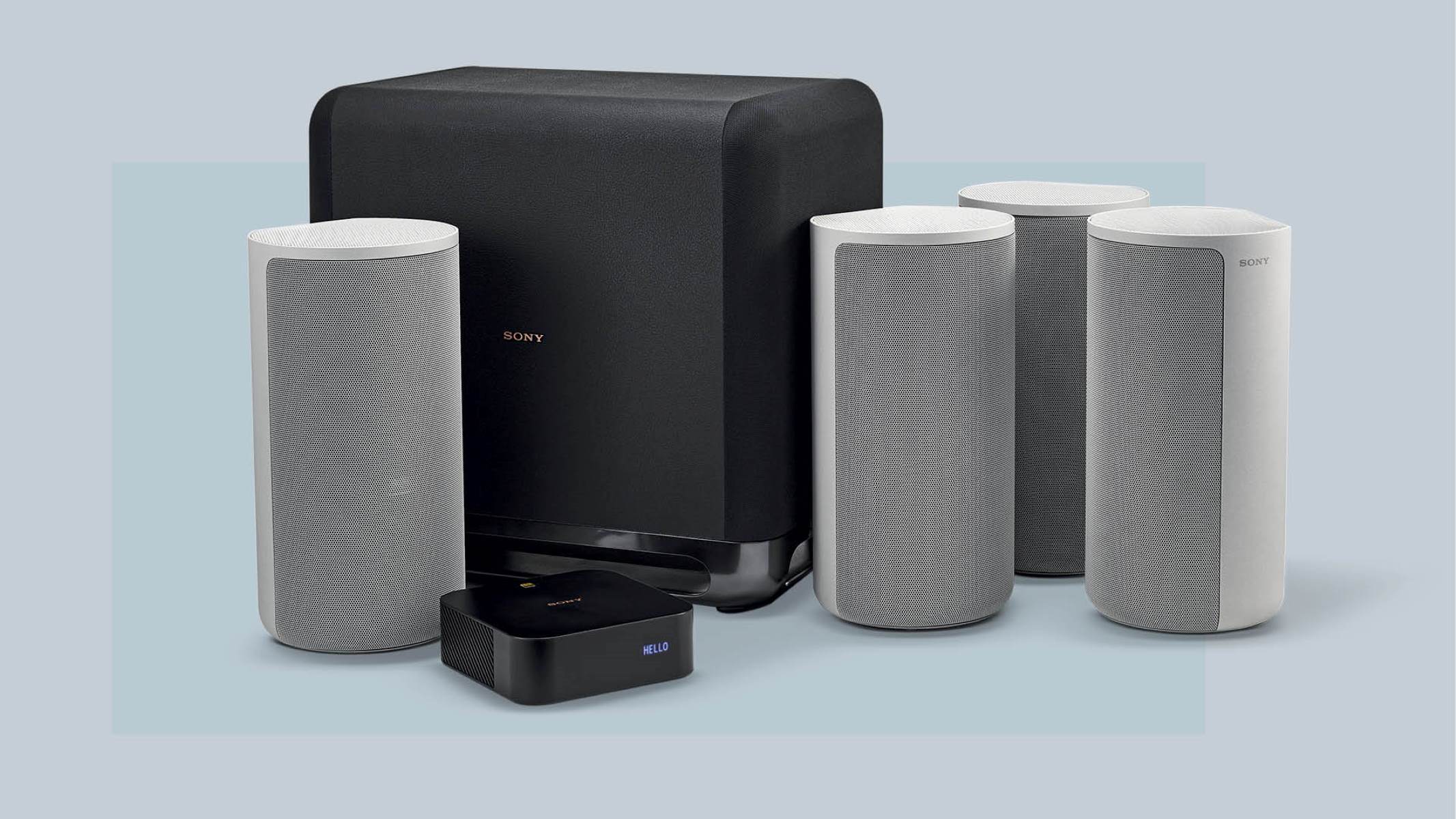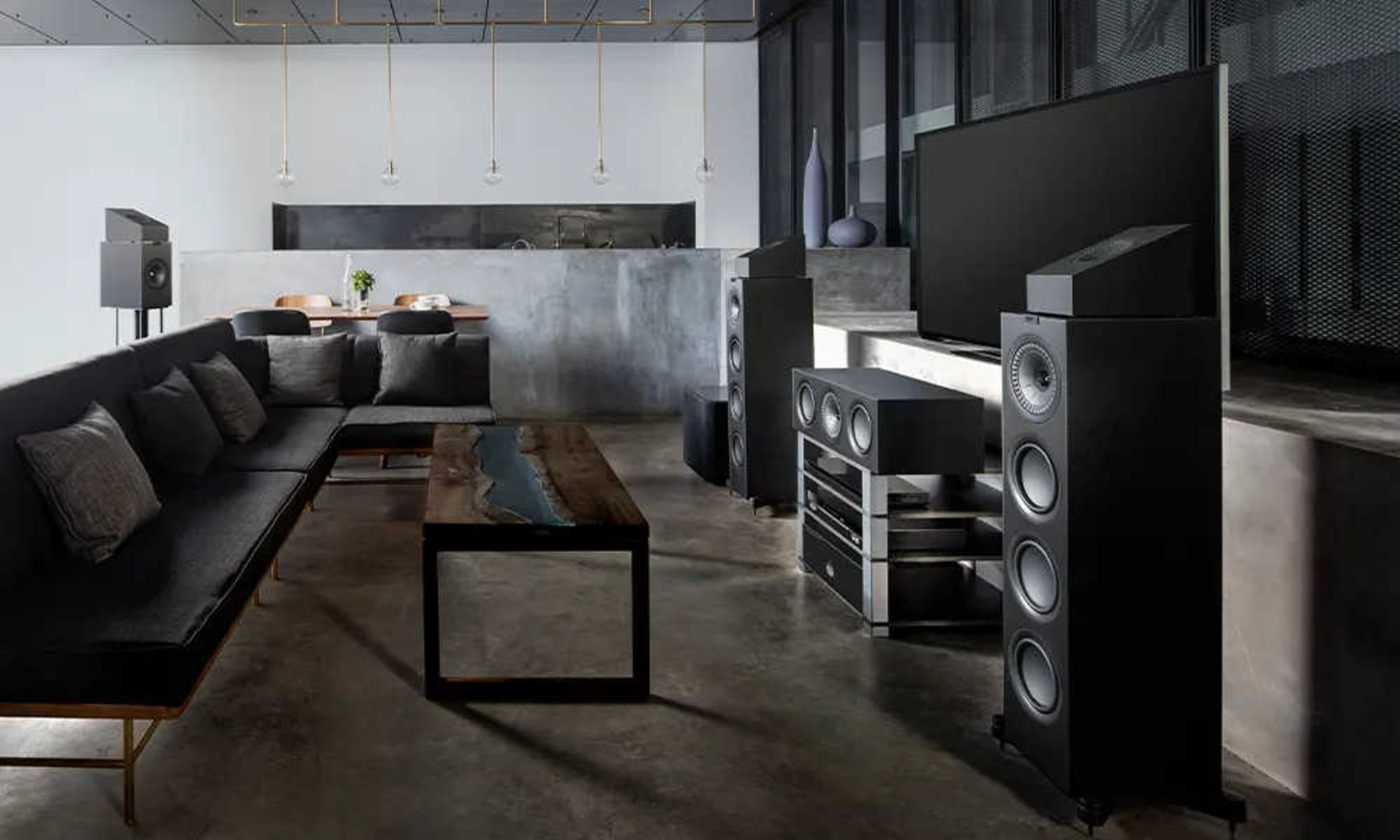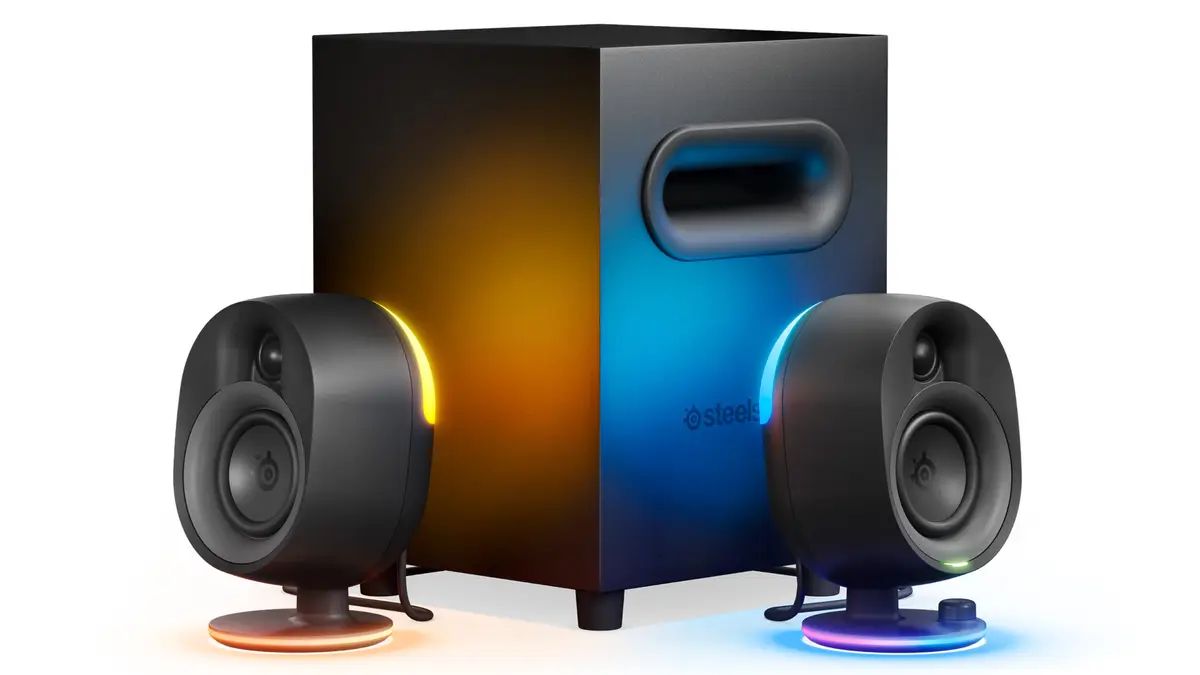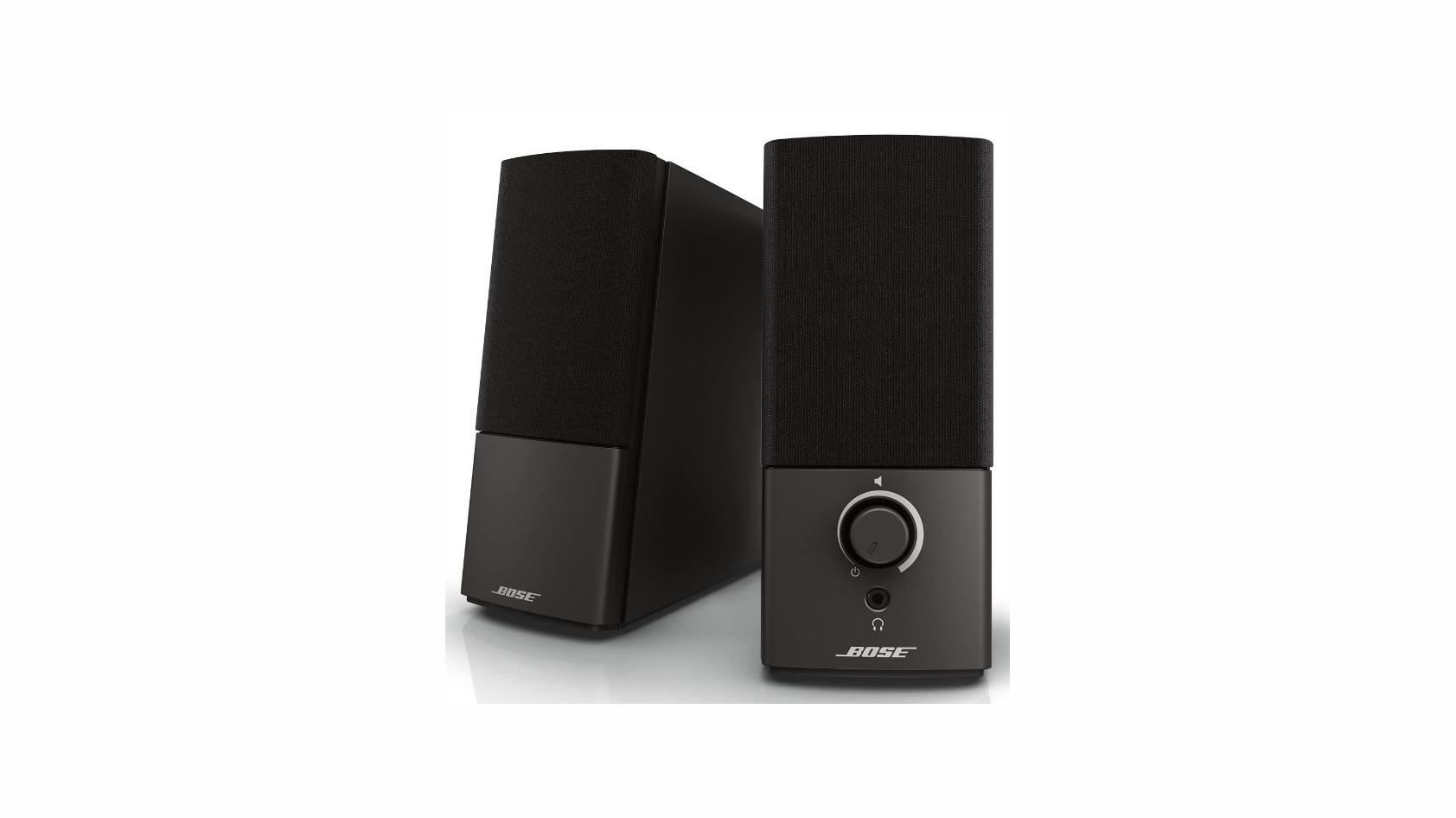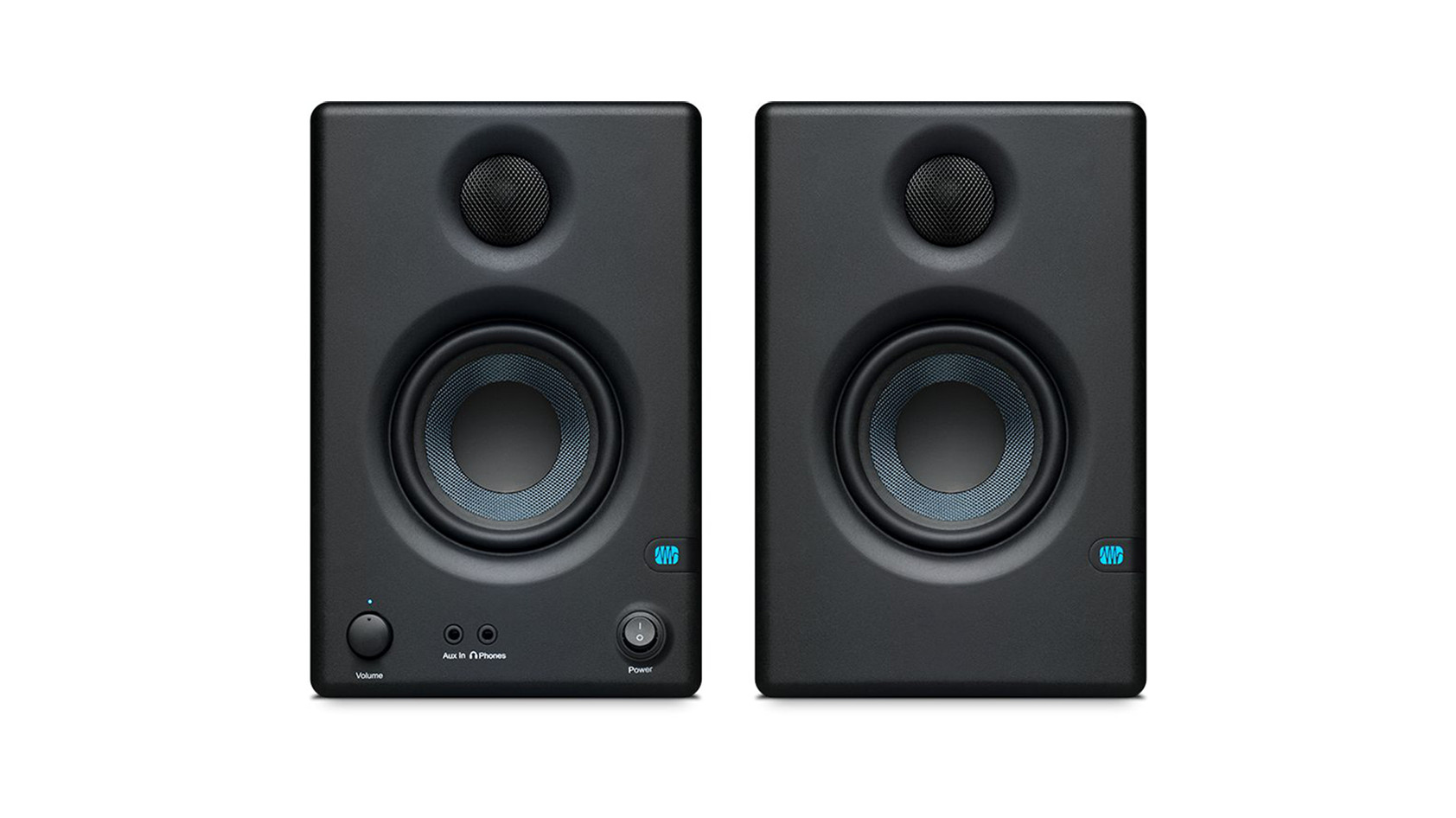Introduction
Welcome to this guide on how to connect your Klipsch soundbar to your TV. A soundbar is a great addition to any home theater setup, providing enhanced audio quality and immersive surround sound. Whether you’re upgrading your existing sound system or setting up a new one, connecting your soundbar to your TV is a crucial step.
Klipsch is a renowned brand for high-quality audio products, and their soundbars are no exception. With their advanced technology and sleek design, Klipsch soundbars offer an exceptional audio experience for your movies, music, and gaming sessions.
Before we dive into the step-by-step process of connecting your Klipsch soundbar to your TV, let’s go over the equipment you’ll need for the setup. Depending on your TV and soundbar model, the specific connections and cables required may vary. But no worries, we’ll cover the most common connection options and guide you through the process.
So, let’s gather the necessary equipment and get started!
Equipment needed:
- Klipsch soundbar
- TV with audio output options
- HDMI cable (if your TV and soundbar have HDMI ports)
- Optical cable (if your TV and soundbar have optical audio ports)
- Bluetooth-enabled devices (if your soundbar supports wireless connectivity)
Now that we have the equipment ready, let’s move on to the next steps, where we’ll explore the various connection options and how to set them up for optimal audio performance with your Klipsch soundbar and TV.
Step 1: Gather Necessary Equipment
Before connecting your Klipsch soundbar to your TV, make sure you have all the required equipment. Here’s a checklist of what you’ll need:
- Klipsch soundbar: Of course, you’ll need the Klipsch soundbar itself. Ensure that it is in good working condition and has all the necessary cables and accessories included.
- TV with audio output options: Your TV should have different audio output options, such as HDMI, optical, or a headphone jack. Check your TV’s user manual or specifications to see what output options are available.
- HDMI cable: If both your TV and your Klipsch soundbar have HDMI ports, you can use an HDMI cable to connect them. HDMI provides high-quality audio and video transmission.
- Optical cable: If your TV and soundbar have optical audio ports, you will need an optical cable for the connection. Optical cables transmit digital audio signals and ensure excellent audio quality.
- Bluetooth-enabled devices: If your Klipsch soundbar supports wireless connectivity, you can connect it to your TV or other Bluetooth-enabled devices. This allows for a convenient and clutter-free setup.
It’s essential to have all the necessary equipment ready before proceeding to the next steps. Double-check if you have everything listed above to avoid any delays or complications during the setup process.
Once you’ve gathered all the required equipment, you’re ready to move on to the next step, where we’ll explore the different connection options available for connecting your Klipsch soundbar to your TV.
Step 2: Determine the Type of Connection
Before you can connect your Klipsch soundbar to your TV, it’s important to determine the type of connection that best suits your setup. The connection options available will depend on the ports and audio output capabilities of both your TV and soundbar. Here are the most common types of connections:
- HDMI: HDMI (High-Definition Multimedia Interface) is a popular and versatile option for connecting audio and video devices. Most modern TVs and soundbars come with HDMI ports. If your devices have HDMI ports available, this connection option will provide the best audio and video quality. HDMI also supports features like ARC (Audio Return Channel), which allows the sound from your TV to be sent back to the soundbar.
- Optical: Optical connections, also known as TOSLINK or S/PDIF, use a fiber optic cable to transmit digital audio signals. Many TVs and soundbars have optical audio ports, making this a convenient option. While optical connections may not support the same audio formats as HDMI, they still offer excellent sound quality.
- Bluetooth: If your Klipsch soundbar supports Bluetooth connectivity, you can connect it wirelessly to your TV or other Bluetooth-enabled devices. This eliminates the need for physical cables and allows for greater flexibility in speaker placement.
Consult the user manuals of your TV and soundbar to confirm the available connection options. It’s also worth noting that some soundbars offer multiple input options, allowing you to connect using different methods simultaneously.
Take into consideration the limitations and capabilities of each connection type and choose the option that best suits your needs and preferences. Once you’ve determined the type of connection, you can move on to the next step to learn how to set it up.
Now that you have a clear understanding of the connection options available, let’s proceed to the next step, where we’ll cover the steps for each type of connection.
Step 3: Connect using an HDMI Cable
If your TV and Klipsch soundbar have HDMI ports available, connecting them using an HDMI cable is a straightforward and efficient method. HDMI cables provide both high-quality audio and video transmission. Follow these steps to connect your devices:
- Locate the HDMI port on your TV and the HDMI port on your Klipsch soundbar.
- Turn off both the TV and the soundbar.
- Insert one end of the HDMI cable into the HDMI port on the soundbar.
- Insert the other end of the HDMI cable into the HDMI port on the TV.
- Turn on your TV and soundbar.
- Access your TV’s audio settings by using the remote control or through the TV’s menu.
- Select the audio output option as “HDMI” or “ARC”. If your TV has an ARC-enabled (Audio Return Channel) HDMI port, choose that option for two-way audio communication.
- Adjust the volume on your soundbar to your desired level.
Once you have completed these steps, your Klipsch soundbar should now be connected to your TV using the HDMI cable. You should be able to enjoy enhanced audio quality and immersive sound while watching movies, playing games, or listening to music through your TV.
If you encounter any audio or video issues after connecting via HDMI, ensure that both your TV and soundbar are set to the correct HDMI input or output channel. Refer to the user manuals of your devices for specific instructions on navigating the settings.
Please note that some TVs may have additional settings or configurations related to HDMI functionality, such as enabling ARC or adjusting audio formats. Check your TV’s user manual or consult the manufacturer’s website for detailed guidelines.
Now that you have successfully connected your Klipsch soundbar to your TV using an HDMI cable, you can proceed to the next step or explore other connection options, depending on your needs and preferences.
Step 4: Connect Using an Optical Cable
If your TV and Klipsch soundbar have optical audio ports available, you can connect them using an optical cable. Optical connections transmit digital audio signals and can deliver excellent audio quality. Follow these steps to connect your devices:
- Locate the optical audio output port on your TV and the optical audio input port on your Klipsch soundbar.
- Turn off both your TV and soundbar.
- Insert one end of the optical cable into the optical audio output port on your TV.
- Insert the other end of the optical cable into the optical audio input port on your soundbar.
- Turn on your TV and soundbar.
- Access your TV’s audio settings by using the remote control or through the TV’s menu.
- Select the audio output option as “Optical” or “Digital Audio Out”.
- Adjust the volume on your soundbar to your desired level.
After completing these steps, your Klipsch soundbar should now be successfully connected to your TV using the optical cable. You can enjoy enhanced audio quality and immersive sound while watching movies, playing games, or listening to music through your TV and soundbar.
If you encounter any audio issues after connecting with an optical cable, ensure that both your TV and soundbar are set to the appropriate optical input/output channels. Refer to the user manuals of your devices for specific instructions on navigating the settings.
It’s worth noting that optical connections may not support features like ARC (Audio Return Channel) for two-way audio communication. If you want to use additional features or audio formats, consider connecting your devices using HDMI instead.
Now that you have successfully connected your Klipsch soundbar to your TV using an optical cable, you can move on to the next step or explore other connection options based on your specific requirements.
Step 5: Connect Using a Bluetooth Connection
If your Klipsch soundbar supports Bluetooth connectivity, you can connect it to your TV or other Bluetooth-enabled devices wirelessly. This provides a convenient and clutter-free setup. Follow these steps to connect your soundbar using Bluetooth:
- Make sure your Klipsch soundbar is in pairing mode. Consult the user manual to determine how to enable Bluetooth pairing.
- On your TV, enable Bluetooth in the settings menu. Refer to your TV’s user manual for specific instructions on how to do this.
- Search for nearby Bluetooth devices on your TV. The soundbar should appear in the list of available devices.
- Select your Klipsch soundbar from the list of devices to initiate the pairing process.
- If prompted for a passcode or PIN, refer to your soundbar’s user manual for the default code or instructions on setting a unique one.
- Once the pairing is successful, your soundbar is now connected to your TV via Bluetooth.
- Adjust the volume on your soundbar to your desired level using either the soundbar’s remote control or the TV’s volume controls, depending on the setup.
After following these steps, your Klipsch soundbar should be successfully connected to your TV using Bluetooth. You can now enjoy high-quality audio wirelessly while watching your favorite movies, playing games, or listening to music.
Keep in mind that the availability and functionality of Bluetooth may vary depending on your TV model. Some TVs may have limitations, such as only supporting Bluetooth audio output or lacking the ability to control the soundbar’s volume through the TV’s remote control.
It’s important to note that when connecting via Bluetooth, there may be a slight audio delay due to the wireless transmission. This delay is typically minimal and should not significantly affect the overall viewing experience.
Now that you have successfully connected your Klipsch soundbar to your TV using a Bluetooth connection, you can proceed to the next step or explore other connection options based on your specific preferences and needs.
Step 6: Troubleshooting Tips
While connecting your Klipsch soundbar to your TV is usually a straightforward process, you might encounter some issues along the way. Here are some troubleshooting tips to help you address common problems:
- No sound: If you have connected your soundbar correctly but there is no sound, ensure that the volume on both the soundbar and the TV are turned up. Also, check that the audio output on your TV is set correctly (e.g., HDMI, optical).
- Poor audio quality: If you notice distorted or poor audio quality, check the audio settings on your TV. Adjust any sound profile or equalizer settings to see if it improves the audio performance.
- Audio and video out of sync: If you experience a delay between the audio and video, try adjusting the audio delay settings on your soundbar or TV. Consult the user manual for specific instructions on how to do this.
- Soundbar not detected: If your TV does not recognize or detect your soundbar, make sure all the connections are secure. Try disconnecting and reconnecting the cables or restarting both devices.
- Bluetooth connection issues: If you’re having trouble connecting your soundbar via Bluetooth, make sure it is in pairing mode and within range of your TV. Clear any previous Bluetooth pairings and try the pairing process again.
If you continue to experience difficulties, consult the user manuals of your TV and soundbar for specific troubleshooting instructions. Additionally, check the manufacturer’s website or contact their customer support for further assistance.
Remember to keep your devices up to date by installing any available firmware updates. These updates may address known issues and improve the performance of your Klipsch soundbar and TV.
By following these troubleshooting tips, you can overcome common challenges and ensure a seamless connection between your Klipsch soundbar and TV, allowing you to enjoy immersive audio experiences.
With all the necessary steps and troubleshooting tips covered, you should now have a good understanding of how to connect your Klipsch soundbar to your TV. Whether you choose to connect via HDMI, optical cable, or Bluetooth, you can enjoy exceptional audio quality and enhance your home theater experience.
Conclusion
Congratulations! You’ve now learned how to connect your Klipsch soundbar to your TV using different methods such as HDMI, optical cable, and Bluetooth. By following the step-by-step instructions and troubleshooting tips provided in this guide, you can enjoy enhanced audio quality and immersive sound while watching movies, playing games, or listening to music.
Remember to gather all the necessary equipment, including your Klipsch soundbar, TV with audio output options, HDMI cable, optical cable, and Bluetooth-enabled devices. Determine the type of connection that best suits your setup, whether it’s through HDMI for optimal audio and video quality, optical for excellent sound transmission, or Bluetooth for wireless convenience.
If you encounter any issues during the setup process, refer to the troubleshooting tips to address common problems such as no sound, poor audio quality, audio and video sync issues, or connectivity problems. It’s always a good idea to consult the user manuals and contact the manufacturer’s support if necessary.
With your Klipsch soundbar connected to your TV, you can now create a captivating home theater experience. Sit back, relax, and immerse yourself in the rich and immersive audio from your favorite movies, TV shows, games, and music.
We hope this guide has been helpful in assisting you with connecting your Klipsch soundbar to your TV. Enjoy the incredible audio experience that Klipsch soundbars provide and make the most out of your home entertainment setup!







